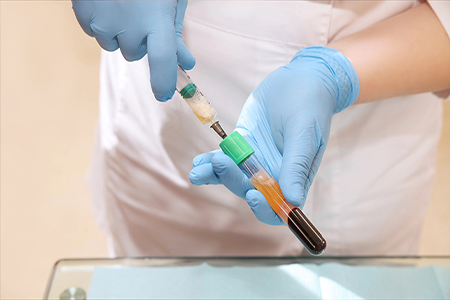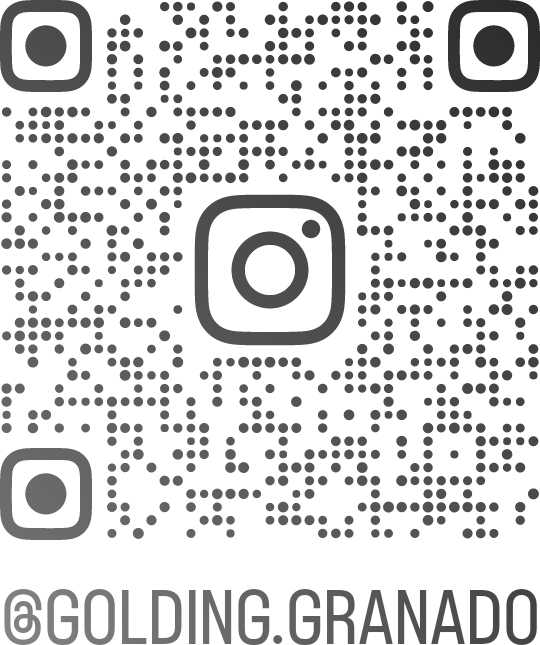PRP Facials
 A PRP (Platelet-Rich Plasma) facial, also known as a “Vampire Facial,” is a cosmetic procedure that involves the use of the patient's own blood to promote skin rejuvenation. The process typically includes the following steps:
A PRP (Platelet-Rich Plasma) facial, also known as a “Vampire Facial,” is a cosmetic procedure that involves the use of the patient's own blood to promote skin rejuvenation. The process typically includes the following steps:
- Blood Draw: A small amount of the patient's blood is drawn, usually from the arm, similar to a routine blood test.
- Centrifugation: The drawn blood is then processed in a centrifuge to separate the platelets and plasma from other blood components.
- Platelet-Rich Plasma Extraction: The concentrated platelet-rich plasma is extracted from the processed blood, creating a solution with a higher concentration of platelets than normal blood.
- Micro-Needling or Injection: The PRP is either applied to the skin's surface after micro-needling (a process that creates tiny, controlled injuries to the skin to stimulate collagen production) or injected directly into specific areas of the face.
- Absorption and Healing: The growth factors and proteins present in the PRP, stimulate the body's natural healing processes, promoting collagen production and tissue regeneration.
The benefits of a PRP facial include:
- Improved Collagen Production: PRP contains growth factors that stimulate the production of collagen, a protein crucial for maintaining skin elasticity and firmness.
- Reduced Fine Lines and Wrinkles: By promoting collagen synthesis, a PRP facials help reduce the appearance of fine lines and wrinkles, leading to smoother skin.
- Enhanced Skin Tone and Texture: PRP facials contribute to improved skin tone, texture, and overall complexion, providing a more radiant and youthful appearance.
- Reduced Scarring and Acne Marks: The regenerative properties of PRP aid in reducing the visibility of scars, including those from acne.
- Natural-Looking Results: Since PRP is derived from the patient's own blood, the risk of allergic reactions or adverse effects is minimal, and the results tend to look natural.
- Minimally Invasive: PRP facials are considered minimally invasive compared to surgical procedures, with relatively little downtime. Patients can typically resume their regular activities shortly after the procedure.
- Personalized Treatment: The treatment is customized based on the patient's specific needs and concerns, making it a versatile option for various skin types and conditions.



